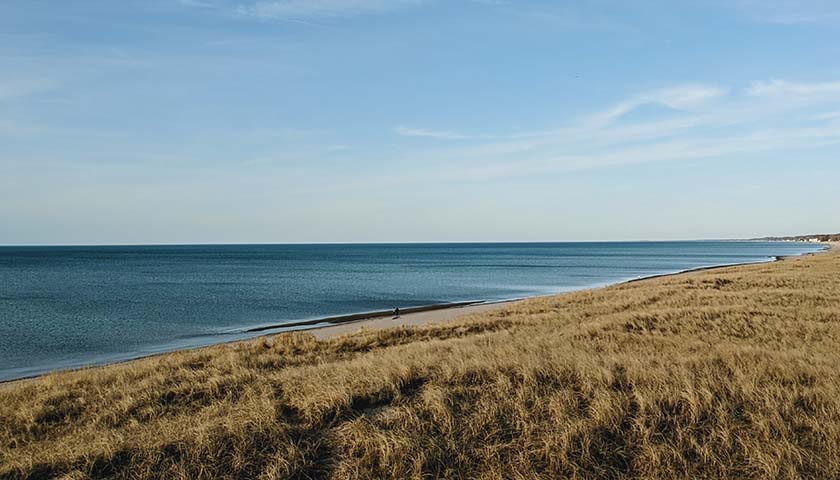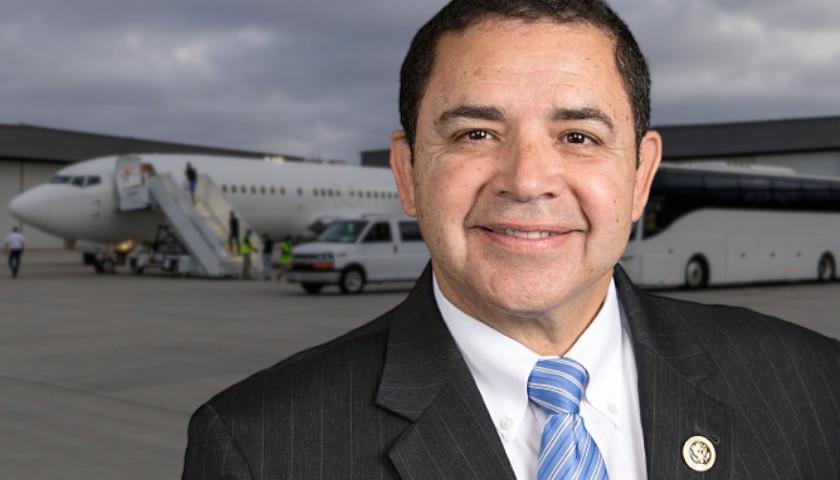by Bruce Walker
The Biden administration and U.S. Environmental Protection Agency have announced a $1 billion cleanup fund for 22 of 25 Great Lakes “Areas of Concern,” or AOCs.
President Joe Biden announced the cleanup funding during a press event on Thursday in Lorain, Ohio. According to Press Secretary Jen Psaki, the president will “deliver remarks on how the Bipartisan Infrastructure Law delivers for the American people by investing in clean-up and restoration efforts in the Great Lakes region and surrounding waterways.”
Psaki noted the $1 billion of expenditures will “deliver significant environmental, economic, health, and recreational benefits for communities throughout the region, including helping people in the community access clean water.”
An EPA list of 14 AOCs in the Great Lakes Region include:
- The Clinton River, Michigan.
- The Cuyahoga River, Ohio.
- The Detroit River, Michigan.
- Lower Green Bay/Fox River, Wisconsin.
- Grand Calumet River, Indiana.
- The Kalamazoo River, Michigan.
- Maumee, Ohio.
- Milwaukee Estuary, Wisconsin.
- Niagara River, New York.
- Rouge River, Michigan.
- Saginaw River and Bay, Michigan.
- St. Lawrence River, New York.
- St. Louis River, Minnesota/Wisconsin.
- Torch Lake, Michigan.
“The Great Lakes are a vital economic engine and an irreplaceable environmental wonder, supplying drinking water for more than 40 million people, supporting more than 1.3 million jobs, and sustaining life for thousands of species. Through the investments from President Biden’s Bipartisan Infrastructure Law, we will make unprecedented progress in our efforts to restore and protect the waters and the communities of the Great Lakes basin,” said EPA Administrator Michael S. Regan.
Many of the 14 currently active projects listed by the EPA include plans for removal of pollutants. Michigan’s Clinton River cleanup initiative, for example, will focus on removal of heavy metals, polychlorinated biphenyls (PCBs), and such conventional pollutants as oil and grease, fecal coliform bacteria, nutrients and total dissolved solids.
The Cuyahoga River project includes removal of beneficial use impairments such as removal of the Gorge Dam in order to restore 1.5 miles of free-flowing river.
Funding for the projects will be provided by the Bipartisan Infrastructure Law in accordance with the Biden Administration’s Justice40 Initiative, an effort pledging to deliver 40% of the benefits deriving from federal investments to underserved communities.
An EPA news release cites a 2018 study authored by the Great Lakes Commission and the University of Michigan, which concluded each dollar spent by the Great Lakes Restoration Commission results in an additional $3.35 of economic activity. Additionally, the study reported a return economic multiplier of $4 for every federal dollar spent restoring AOCs in older industrial cities such as Detroit and Buffalo.
The Great Lakes Restoration Initiative initially identified 31 AOCs, and the EPA reports six AOC projects have been completed thus far. The EPA forecasts 22 of the remaining 25 AOC projects will be completed by 2030.
– – –
Bruce Walker is a regional editor at The Center Square. He previously worked as editor at the Mackinac Center for Public Policy’s MichiganScience magazine and The Heartland Institute’s InfoTech & Telecom News.





